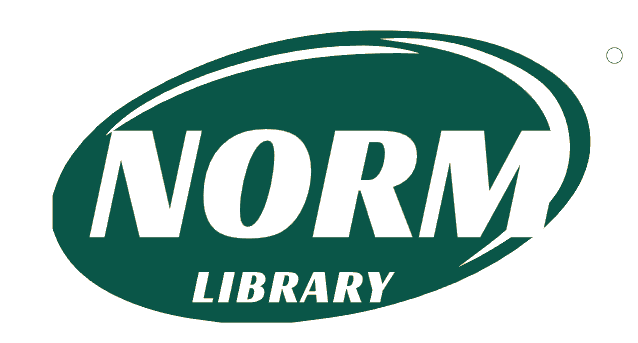ASTM E792 – Standard Guide for Selection of a Clinical Laboratory Information Management System
1.1 This guide covers the selection, purchase, use, enhancement, and updating of computer technology supplied by a vendor as a complete system in the clinical laboratory. The purpose of the guide is to assist hospitals, clinics, and independent laboratories through the entire automation project in order to minimize the risks and maximize the benefits. It provides a process that may be used by the medical institution to carry out laboratory information projects in a rational and orderly manner. It also includes checklists of items to be considered at each stage of planning to help guard against the unpleasant consequences of oversights. It includes planning and design aids to assist in carrying out the project. In addition, there is information (see Section 18) about enhancement and updates after the system is purchased.
Note 1 – The term “stat,” as used in this guide is the abbreviation for the Latin word statim, which means immediately.
1.2 This guide is not concerned with digital or computer electronics used only within instrumentation. Rather, it deals with the application of information systems to a large segment of the laboratory operation, and generally is concerned with how Information and Communications Technology (ICT) can be used to enhance the interaction of the laboratory with the rest of the institution, improve workflow in the laboratory, and help keep records. Such systems will normally include segments for patient biographical information, test ordering, specimen collection, workstations worklists, test result entry, result verification, patient result reporting, management reports, archiving, and other special functions.
1.3 The major topics are found in the following sections:
| Section | |
| Project Leader and Project Team | 4 |
| Project Definition | 5 |
| General | 5.1 |
| Self-Examination | 5.2 |
| Unfulfilled Goals | 5.3 |
| Alternatives | 5.4 |
| Selection of Option | 5.5 |
| Laboratory Definition | 5.6 |
| Functional Requirements | 6 |
| General | 6.1 |
| Admission-Discharge-Transfer | 6.2 |
| Test Ordering | 6.3 |
| Specimen Pickup | 6.4 |
| Allocation | 6.5 |
| Test Performance | 6.6 |
| Reports | 6.7 |
| Archival Storage | 6.8 |
| Vendor Survey | 7 |
| Refinement of Functional Requirements | 8 |
| General | 8.1 |
| Priorities | 8.2 |
| Preliminary Vendor Contact | 8.3 |
| Site Visit | 8.4 |
| Approvals | 9 |
| Requests for Proposals | 10 |
| Evaluation of Vendor Proposals | 11 |
| General | 11.1 |
| Evaluation of Cost | 11.2 |
| Warranty | 11.3 |
| Maintenance | 11.4 |
| Hardware | 11.5 |
| Software | 11.6 |
| Backup System | 11.7 |
| Interfaces | 11.8 |
| Training | 11.9 |
| Acceptance | 11.10 |
| Evaluation of Vendors | 11.11 |
| Selection of Vendor | 12 |
| Purchase | 13 |
| Installation | 14 |
| Site preparation | 14.1 |
| Delivery | 14.2 |
| Installation | 14.3 |
| Startup | 14.4 |
| Training | 15 |
| Acceptance | 16 |
| Records and Evaluations | 17 |
| General | 17.1 |
| Documentation of Normal Operations | 17.2 |
| Documentation of Maintenance | 17.3 |
| Evaluation of System Performance | 17.4 |
| Enhancements and Updating | 18 |
1.4 This standard does not purport to address all of the safety concerns, if any, associated with its use. It is the responsibility of the user of this standard to establish appropriate safety and health practices and determine the applicability of regulatory limitations prior to use.
Product Details
- Published:
- 01/10/2002
- Number of Pages:
- 33
- File Size:
- 1 file , 320 KB
- Note:
- This product is unavailable in Russia, Ukraine, Belarus




